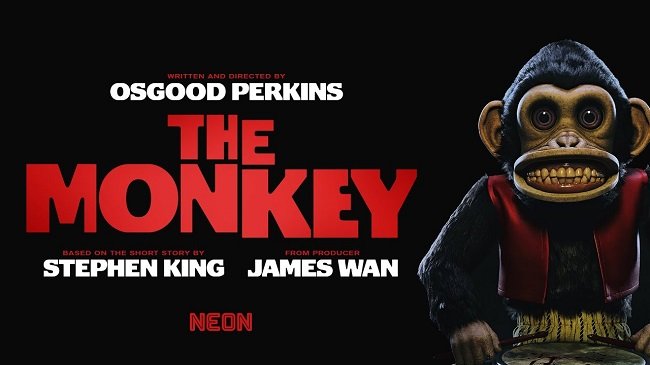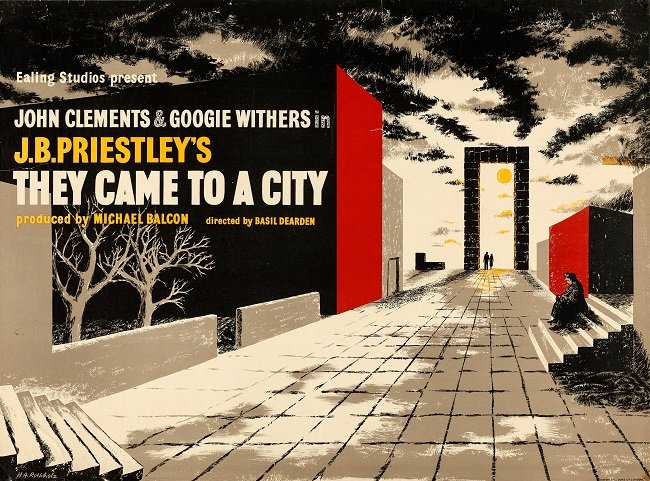Mad Max: Fury Road (2015)
There was a degree of collective hysteria among critics upon the release of George Miller's Mad Max: Fury Road. Phrases such as "genius" and "masterpiece" were being banded around willy nilly, mainly due to the overwhelming nature of the movie. Make no mistake, Mad Max: Fury Road is very much a case of film making turned up to eleven. The sheer sensory overload that one experiences over the two-hour running time makes for a jaw dropping experience. However, the movie does have a few minor flaws, which are more apparent upon second viewing, so perhaps some of the praise and superlatives that have been heaped upon the film need to be taken with a pinch of salt.
That being said, if you can endure Mad Max: Fury Road and its exquisite assault upon your senses, it offers an extremely entertaining action movie with an interesting philosophical subtext. It also has something to say about gender politics, although this is not in any way a lecture. The films visual aesthetics and female casting does somewhat fly in the face of the alleged message. Therefore, one can consider the film’s deeper meaning as an optional extra. If you’re not in the market for sociopolitical subtexts, then ignore it and simply focus on the ongoing visual and the cinematic pandemonium. Please note that's two hours of continuous pandemonium. A potential chore for some.
The plot is simple and for those unfamiliar with the main character and the movies setting, there is a brief exposition at the start of the film that puts everything in perspective. The plot essentially is a continuous chase as Max escapes "The Citadel" with the five wives of local despot Immortan Joe (played by Hugh Keays-Byrne, Toecutter from the original movie). Tom Hardy handles the role of Max Rockatansky exceedingly well through his verbal and physical performance. However, this is a movie with minimal dialogue and often it is more about what is not said than what is. An exchanged glance or a particular stance speak volumes here. In many ways it is Furiosa, played by Charlize Theron, who drives the story with the force of her tangible screen presence.
Perhaps where director Geroge Miller excels the most is in the way he turns the complex action sequences from a mechanical process and elevates them into an elaborate form of visual opera. The production design, costumes and overall visual aesthetic of Mad Max: Fury Road goes beyond the term sumptuous. It is a physical experience. The nearest I can get to summarising it is that it's like being beaten around the head and shoulders with the collected works of Hieronymus Bosch, while being screamed at and set alight. When I saw this movie at the cinema, I needed a stiff drink when it ended because I genuinely felt that I had experienced everything that happened on screen. Even when viewed at home it is an immersive experience.
Be warned Mad Max: Fury Road is not your standard action movie, meticulously designed by a soulless committee and scrupulously edited to meet the requirements of the sanitised PG-13 rating. This is a raw and grotesque movie set in a neo-feudal world and it's a far from pleasant one. Yet despite the jarring nature of Goerge Miller's post-apocalyptic vision, it still has characters that you care for and there's a positive moral under current. Irrespective of its beautiful visual cacophony, Mad Max: Fury Road is ultimately a film about people and a very telling one at that. Something that is a rare commodity in contemporary Hollywood and something that many would not expect to find in this genre of movie.




























